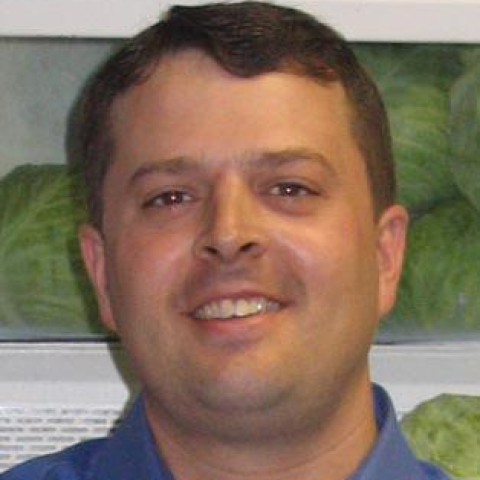__Consumers should stop worrying about insignificant traces of man-made chemicals in their bath products.__
Researchers have finally found the first confirmed gender-bending consumer products: natural lavender oil, natural tea tree oil, and natural soybeans. The findings strongly say consumers should stop worrying over insignificant traces of man-made chemicals and be more wary of unregulated natural products.
The public’s anxiety over man-made chemicals has reached new heights. Shampoo now contains organic herbs and even blue-collar Wal-Mart has jumped on the organic bandwagon. This is despite the fact that our chemical regulations have become steadily stricter, banning even remote theoretical risks.
In 1996, the Senate was scared into voting for an obscure addition to food safety legislation requiring the Environmental Protection Agency to examine pesticides and other farm chemicals for “endocrine disruption” (ED)—the ability to alter our bodies’ hormone balance. A Tulane University study in yeast had supposedly showed that simultaneous exposure to two pesticides had ED impacts a thousand times greater than exposure to the individual chemicals. The paper was retracted within a year and the lead researcher later admitted to fraud—but by then public fears had been inflated.
Fast forward ten years. The gender-bending properties of lavender and tea-tree oil were not identified by federal regulators. They were discovered by a Colorado hormone specialist Dr. Clifford Bloch, who treated several boys under age ten for enlarged breasts. Their hormone production was normal. The only common link was shampoos and lotions containing the natural oils. He recommended to the parents that they stop using the products and in all cases the condition abated.
Bloch’s sleuthing was then confirmed by researchers at the National Institutes of Environmental Health Sciences, announcing in June that the two “essential” oils increased estrogen and inhibited male hormone production in human breast cells. Some have already speculated widespread use of these oils may explain the recent rise in early breast development in girls.
The NIEHS researchers are quick to warn against reading too much into preliminary results, but one sensibly says, “I certainly wouldn’t promote their use.” Avoiding them is not easy, however. A search of my own home revealed several lavender-containing products, including two baby soaps. During a recent family vacation, all of the hotel’s bath products contained lavender.
Imagine the activist-driven hysteria if something similar had been discovered about a synthetic ingredient in bath products.
Consider another recent discovery: Natural hormonally active compounds called phytoestrogens in soy, a major ingredient in rodent feed, may have confounded years of research on an array of health concerns, from cancer to heart disease. Rodents fed non-soy diets apparently don’t always exhibit the same disease or developmental problems as soy-fed ones. Even different batches of soy-based feed appear to give different results because of varying phytoestrogen levels.
With scientists facing the possibility of redoing decades of studies, the federal government convened a strategy meeting in August. Some suggest removing soy completely from rodent diets.
Contrast these findings with the decade-long milk hormone scare, where activists have falsely accused milk from cows receiving a biotech hormone supplement of causing early puberty in girls and even the increased likelihood of having twins! The biotech copy of the cow’s natural hormone is perfect and results in identical milk. The most well equipped lab on earth can’t tell it from organic milk (really!). Yet bogus and unlawful “hormone” claims on organic milk labels not only scare consumers into needlessly paying more, they ironically drive some to buy phytoestrogen-laden “soy milk.”
The anxiety is only growing worse as we regulate ever more tightly. Sweden, a global leader in restricting synthetic chemical use, has one of the highest rates of self-reported “chemical sensitivities” in the world. These conditions may be generated mostly in the victims’ minds, but they present real symptoms and suffering.
The point is that we have never lived in an inert world. Any chemical or compound has the potential to impact our health if we are exposed to large enough doses. But individually and as a society, we pretend against all evidence that there is a mystical difference between natural and synthetic.
With plenty of serious problems in our fractured world, we should stop scaring ourselves with synthetic chemical phantoms and remember that there is no such thing as a toxic substance, only a toxic dose.













